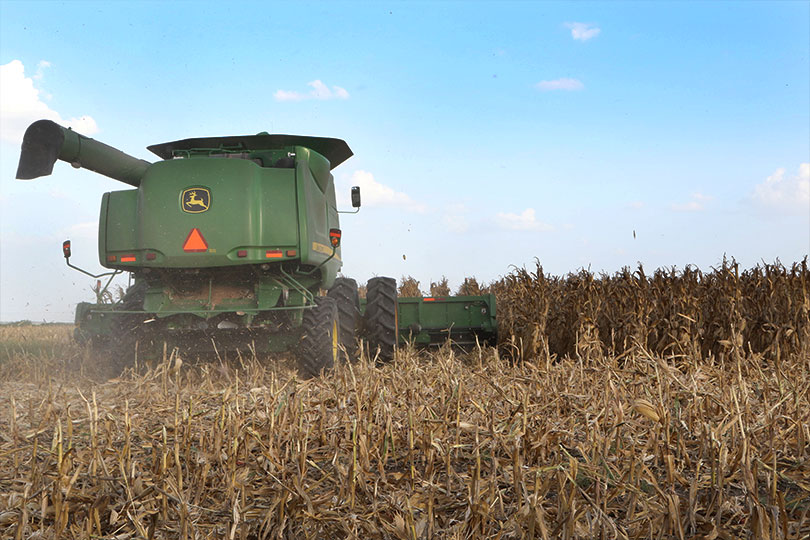The U.S. Department of Agriculture (USDA) is preparing to roll out the second round of trade relief payments to American farmers as a result of retaliatory tariffs.
In a call with reporters on Thursday, Nov. 7, U.S. Secretary of Agriculture Sonny Perdue said the next payment could be coming later in November or early December.
“The recently announced second tranche of the Market Facilitation Program (MFP) provides certainty for Texas farmers at a time when they are finishing harvest and incurring expenses going into the next growing season,” Brant Wilbourn, Texas Farm Bureau associate director of Commodity and Regulatory Activities, said.
In May, USDA announced it would again provide payments under MFP.
The first round of MFP payments was issued in August.
The $16 billion is in line with the estimated impacts of unjustified retaliatory tariffs on U.S. agricultural goods and other trade disruptions. These programs will assist farmers and ranchers while Trump works to address long-standing market access barriers, USDA said.
“We are hopeful for a resolution to the trade dispute with China,” Wilbourn said. “But as markets continue to suffer from lost trade due to retaliatory tariffs, we welcome help in these uncertain times.”
Trade damages from such retaliation and market distortions have impacted a host of U.S. commodities.
Producers of alfalfa hay, barley, canola, corn, crambe, dry peas, extra-long staple cotton, flaxseed, lentils, long grain and medium grain rice, millet, mustard seed, dried beans, oats, peanuts, rapeseed, safflower, sesame seed, small and large chickpeas, sorghum, soybeans, sunflower seed, temperate japonica rice, triticale, upland cotton and wheat will receive a payment based on a single county rate multiplied by a farm’s total plantings to those crops in aggregate in 2019. Those per acre payments are not dependent on which of those crops are planted in 2019, and therefore, will not distort planting decisions.
Total payment-eligible plantings cannot exceed total 2018 plantings.
Dairy farmers will receive a per hundredweight payment on production history and hog farmers will receive a payment based on hog and pig inventory for a later-specified time frame.
Click here for additional MFP information.
Sign up for the program goes through Dec. 6.
USDA also continues to purchase food products, such as beef and lamb, through the Food Purchase and Distribution Program. Commodity Credit Corporation Charter Act authority is being used to purchase up to $1.4 billion of surplus commodities in four phases that began Oct. 1.

